Think your Mediterranean Green Olives are a ‘safe, clean’ food? Think again!
I continue to try to dispel the myth that I hear over and over again when people tell me, “But I don’t eat processed foods” or “I NEVER eat Monosodium Glutamate (MSG)” or “the veggie restaurant I go to doesn’t use any additives in their food.”
What I hope to teach is that we have to be responsible for what we put in our mouths.
All information in this article is for educational purposes only.
It is not for the diagnosis, treatment, prescription or cure of any disease or health condition.
Monosodium Glutamate (MSG), Ribonucleotide, Disodium Inosinate, and Disodium Guanylate are all flavor enhancers which add a salty, savory taste to foods. They overstimulate the taste in food, making a bland food taste exceptionally good. They also overstimulate the brain, and are known as “excito-toxins”. They can be listed either by the food additive name or by the food additive number (sometimes called ‘E numbers’): 621, 635, 631 and 627.
Legally, these food additives can also be ‘disguised’ in terms such as spices, yeast extract, hydrolyzed vegetable protein, natural flavors, flavoring, glutamic acid, hydrolyzed vegetable oil, torula yeast, autolyzed yeast, sodium caseinate, and monocalcium glutamate.
Of course, these additives can also be listed by their real name, as in the case of the examples below. But would you think that a simple can or jar of olives would contain flavor enhancers to chemically alter the taste? Well, they can!
In this blog post, we look at Mediterranean Green Olives, all exported from Spain. I found these particular items in a supermarket in Bolivia, South America, but you will recognize these brands in any supermarket in the world.
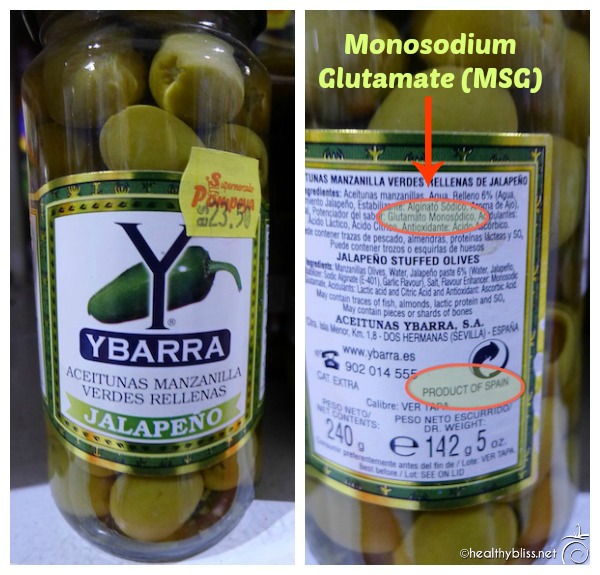
Ybarra Green Olives, a product of Spain, with Monosodium Glutamate (MSG)
In the first example, we look at Ybarra Green Olives stuffed with Jalapeños (or Aceitunas Verdes Rellenas in Spanish). Looking right on the list of ingredients, you will clearly see Monosodium Glutamate (or Glutamato Monosodico in Spanish). Looking on the Ybarra website, I saw that they do NOT list any ingredient information for any of their products. However, I did find the following statement:
“We care about our consumers’ health. That’s why we include nutritional labels on all our products to communicate, in a transparent way, nutritional information and ingredients of each one of them.”
Well, I do thank them for that!

Carbonell Spanish Green Olives with Pepper, with Monosodium Glutamate (MSG)
In the next example, we look at Carbonell Spanish Green Olives with Paprikou, or Pepper. Again, right on the list of ingredients it is easy to see Monosodium Glutamate (MSG). On the Carbonell website, I saw that they do NOT list any ingredient information for any of their products. Interestingly enough, I did find the following 2 statements:
“Carbonell olives with Pimento Pepper paste are allergen-free” and “Carbonell black olives are allergen-free.”
There was no mention of the Green Olive with Pepper, Monosodium Glutamate or any other allergen information on the website.

Fragata Green Olives with Pimento, with Monosodium Glutamate (MSG)
Finally, we look at Fragata Spanish Green Olives stuffed with Pimento. On the list of ingredients, we can quickly see Monosodium Glutamate (MSG). On the Fragata website, I saw that they do NOT list any ingredient information for any of their products. (Are we seeing a pattern here?)
What do you want to see on the list of ingredients?
Ripe olives, water, salt.
When buying olives in a jar or can, try to stay away from flavored olives (like lemon, garlic or pimento). Anything flavored is much more likely to contain MSG. Plain is your safest bet.
If you see the word “spices” or “natural flavorings” on the ingredient list of olives, don’t buy it! In the USA, I find that food companies are a bit more savy, and they use other ingredients which already contain MSG and them hide it in the term “spices.” All legal, of course.
What are the best olives to buy?
The best olives to buy are fresh, organic olives cured naturally with fresh lemon, fresh garlic or fresh herbs. My favorite place to buy fresh green or black olives is at the Friday organic market outside of Shuk Hanamal at Tel Aviv Port, in Tel Aviv, Israel. Once you taste a real fresh olive, you will quickly understand the inferior quality and flavor from a jarred or canned olive full of chemical additives.
A “clean diet” must be MSG-free!
All of this information may seem overwhelming at first, but isn’t it time to learn the truth? Especially if on your “clean and safe” diet, you are still experiencing migraines, insomnia, anxiety, heart palpitations, restless leg syndrome, dizziness, vertigo, irritability, moodiness, depression, sensitivity to sound and light and/or a general feeling of malaise and lack of energy?
Even small amounts of Monosodium Glutamate (MSG) in the diet, as little as 3-4 times per week, can make a person symptomatic for the entire week. Imagine how someone may feel when they are unknowingly eating MSG 3-4 times per day!
Not everyone will experience the same exact symptoms, because flavor enhancers like MSG will over-stimulate the brain in individuals in different ways, depending on their body chemistry and sensitivity. Look at the rates of depression, anxiety, insomnia, ADHD and autism absolutely sky-rocketing every year and compare that to the amounts of flavor enhancers (or excito-toxins) hidden in foods and in the diet, and it will quickly become apparent that we are facing an epidemic with the chemical additives in our food.
Solution:
Always look at the ingredients before making a decision to buy. It’s takes less than 30 seconds, and over time, you will know what brands are safe and what brands are not. In restaurants, you always have to be careful, because waitstaff and even chefs are simply not trained on the level of food additive allergies and intolerances. In restaurants, I only order salads with no dressing and a side of lemon or lime. If there are canned or jarred olives on the salad, I don’t eat them.
More on Food Additives:
- Raw Food Diet for Detox and Cleansing – Success!
- Are you eating Processed Foods? Improve the quality of your food, your health & your life!
- Restaurant Cards for Celiac, Gluten-Free & MSG-Free
- Think your Mediterranean Green Olives are a ‘safe, clean’ food? Think again!
- Knowing Botanical Food Families for Cross-Reactivity Allergies

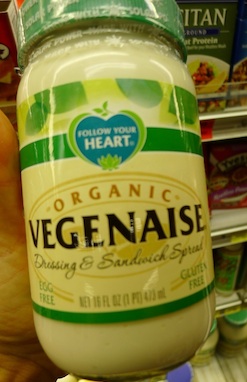
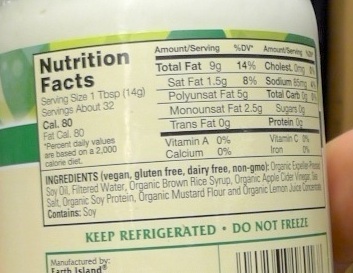
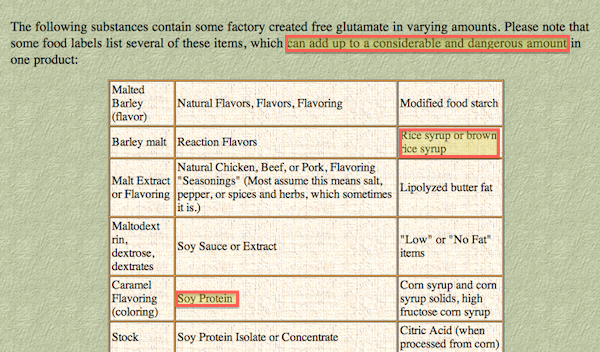
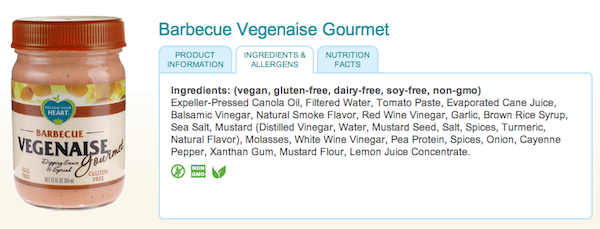








Follow Jennifer